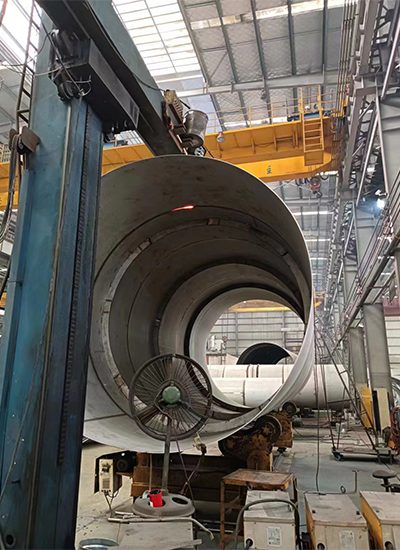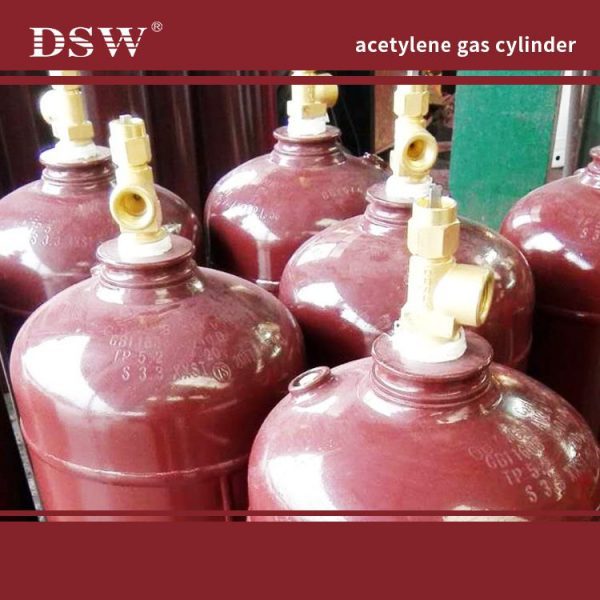FEEL FREE TO ASK US
Cryogenic Tanks FAQ
DSW Industry stands out as a premier provider of cryogenic vessel solutions, creating customized and tailor-made Cryogenic Tank designs and engineering solutions for each tank we supply.
More Information about Cryogenic Tanks FAQ
- Quality
- Accuracy
- Safety
- Reliance
GENERAL QUESTIONS
Frequently asked questions
A cryogenic tank is a tank that is used to store liquids at very low temperatures, usually liquefied gasses (oxygen, argon, nitrogen, hydrogen, and helium) at -150°C or lower. They are also used for storing gasses at higher temperatures, such as liquefied natural gas.
Dewar containers- known as dewar flasks or dewars- are vessels designed to contain cold liquid while maintaining an internal vacuum between them and their exterior walls. An example is a thermos that you might use to keep beverages cold. Sir James Dewar pioneered liquid hydrogen research more than 100 years ago, creating the dewar to store his research until study time could commence. Simple dewars consist of double walls with an open mouth. However, those explicitly designed can include features such as lids, inlets/outlets/valves/gauges, etc.
LIN, LOX, LAr, LCO2, LNG, LHe, LH2, LC2H4, LC2H6, liquefied Nitrous Oxide, etc.
Please reach out for assistance matching the gas to a cryogenic tank or vessel.
Yes, OEM are available; send me your brand certificate.
This document ISO/TC 220 Cryogenic vessels specifies requirements for the design, fabrication, inspection and testing of large transportable vacuum-insulated cryogenic vessels of more than 450 l volume, which are permanently (fixed tanks) or not permanently (demountable tanks and portable tanks) attached to a means of transport, for one or more modes of transport.
Yes, we can supply ASME, KG,EN, GB certificates if customer require and other standards according to requirements.
Generally we supply the goods within 35days after receipt of the deposit.
We accept T/T with a 30% deposit and balance payable upon sight of copy BL or irrevocable & confirmed L/C at sight and/or D/P (documents again payment)at sight.
TECHNICAL QUESTIONS
Frequently asked questions
Not only can we supply gas cylinders but we are also here to assist you with installing your facilities such as Gas Filling Stations (LNG) or N2O factories.
The vacuum and insulating material help reduce heat transfer, thereby reducing boiling of liquid oxygen, liquid nitrogen, or liquid argon stored in the container. The maximum working pressure of cryogenic liquefied gas storage tanks ranges from 2 to 37 bar, depending on where the tank is to be used.
Cryogenic pressure vessels are containers used to handle fluids that are compressible, highly toxic, and work at extremely high pressure.
The cryogenic vessel has two vessels, one is the inner vessel (product container) which holds the cryogenic fluid, and the outer vessel (vacuum jacket) which encloses the inner vessel.
ISO Tank containers are used to ship and store hazardous and nonhazardous materials like liquids, powders, and gases safely and securely. ISO tanks are made out of stainless steel with insulation as well as aluminum or polyurethane coating for extra safety, making them an excellent way to transport different substances.
Liquid oxygen is produced by liquefaction of atmospheric air and separation of oxygen from other gases such as nitrogen, argon and other rare elements.

Ask Us
Quick contact form
Plugin "Contact Form 7" not installed or activated






